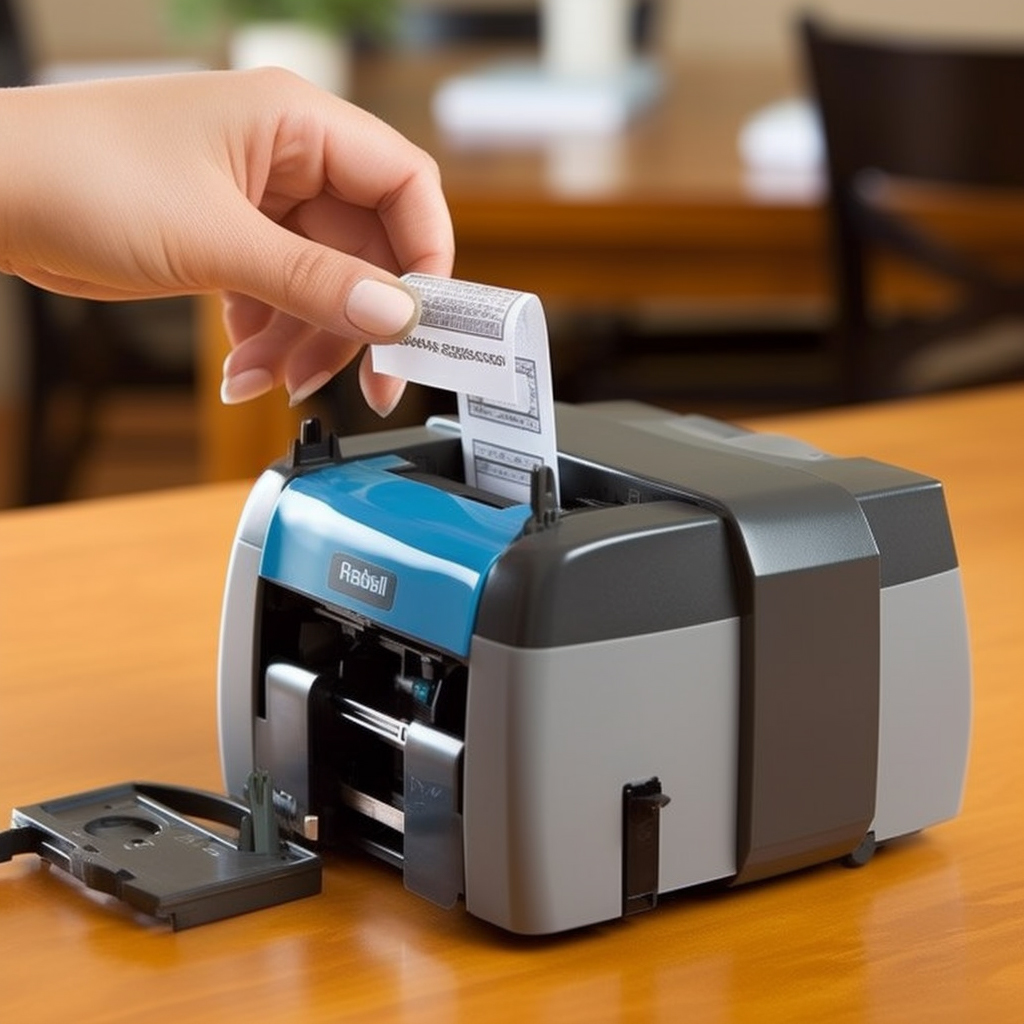
Thermal paper is a common printing material, widely used in the fields of receipts, bills and labels. It uses unique techniques to achieve printing effects. In this article, we will gain insight into how thermal paper works and how it produces images or text.
The working principle of thermal paper is based on the combination of thermal coating and thermal printer. Let’s understand the role of each link together.
Thermal coating: The surface of the thermal paper is coated with a special thermal coating. This coating is usually composed of thermosensitive infectors and pigments. Thermosensitive infectious agents are chemical substances with the property of changing colour when heated. The pigment gives the visible color needed for the blot.
Thermal printer: A thermal printer is a printing equipment used with thermal paper. It contains a component called the print head. The print head has many tiny thermistors (or heating elements) that are arranged in a row.
Now, let’s look at how thermal paper works:
Print data: When an image or text, a computer or other device transfers the print data to a thermal printer. These data are usually represented in a binary form and are used to control the heating elements of the print head.
Heating process: The heating element in the print head is heated based on the received print data. When the heating elements are activated, they produce a high temperature and transfer this high temperature to the thermal coating of the thermal paper.
Color change: When the heat sensitive coating is stimulated by high temperature, the heat sensitive infectious agent will undergo a chemical reaction, leading to the color change. This change usually goes from transparent or colorless to visible colors, such as black or blue, etc. The position and shape of the color change correspond to the heating element of the print head, thus forming an image or text.
Print results: Once the heating is done, the thermal coating on the thermal paper is fixed, creating a lasting printing result. The printed results usually show clear, high-contrast images or text that can be observed and read directly on thermal paper.
The working principle of thermal paper is based on the chemical reaction of thermal coating. When the heat energy provided by the heating element reaches a certain temperature, the heat-sensitive infectious agent reacts chemically and changes the color to form a print result. The process of heating and chemical reaction is very rapid, so the thermal printing usually has a faster speed and high efficiency.
Another important feature is that the thermal paper does not require an additional medium such as ink or toner. The thermal coating itself has the ability to change the color, so the printing process is very simple and convenient. Users do not need to process ink cartridges or toner boxes, and there are no problems with ink drying up or running out of toner.
However, it should be noted that the printing results of the thermal paper may be affected by the external environment. After prolonged exposure to sunlight or high temperatures, the print results may fade or blur. Therefore, thermal paper may not be the ideal choice in cases where long-term preservation or higher printing quality is required.
To sum up, the thermal paper is printed by the combination of the thermal coating and the thermal printer. The heating element in the print head heats the heat-sensitive coating, triggering a chemical reaction that leads to a color change, resulting forming an image or text. Thermal paper does not require ink or toner, and the printing process is simple and efficient. However, the durability of printing results is influenced by the external environment and requires careful selection in a specific application scenario.
